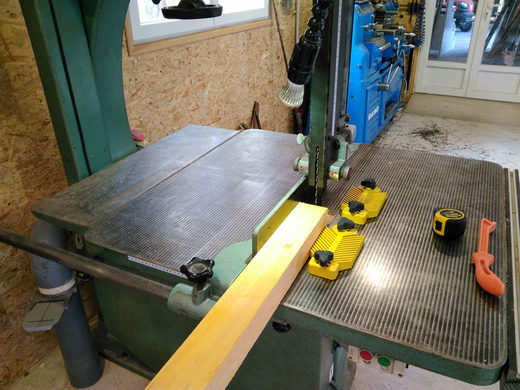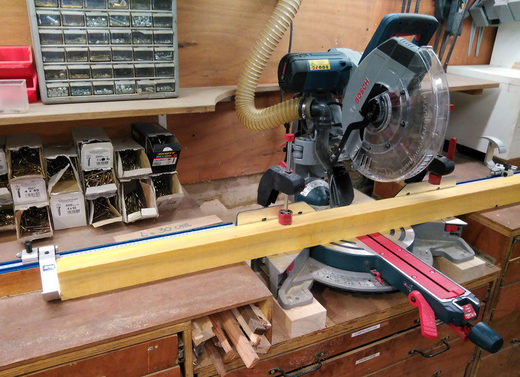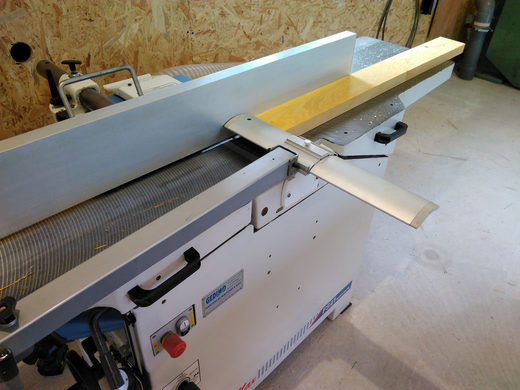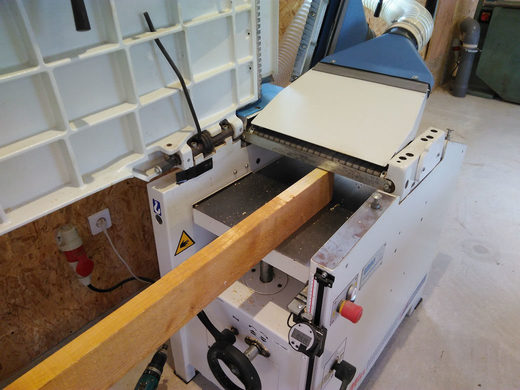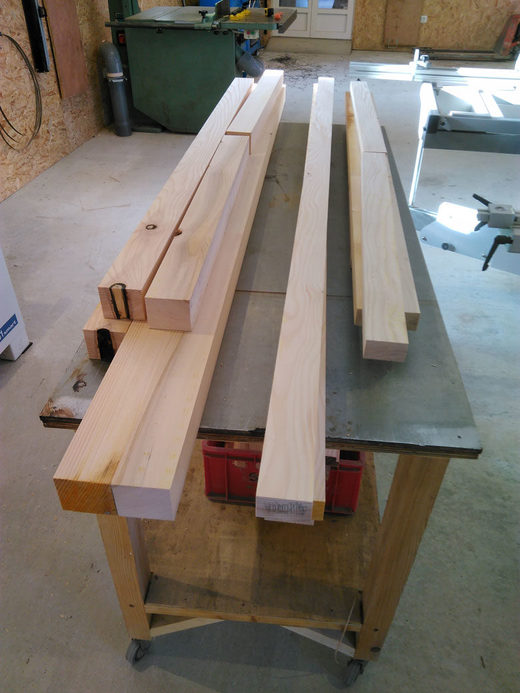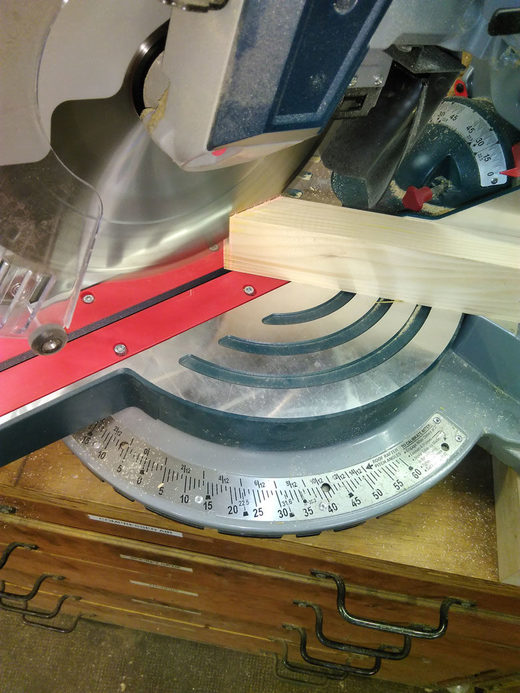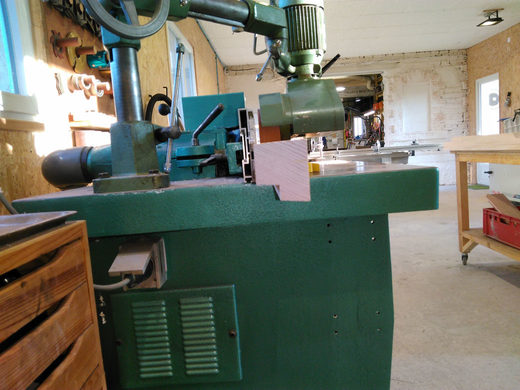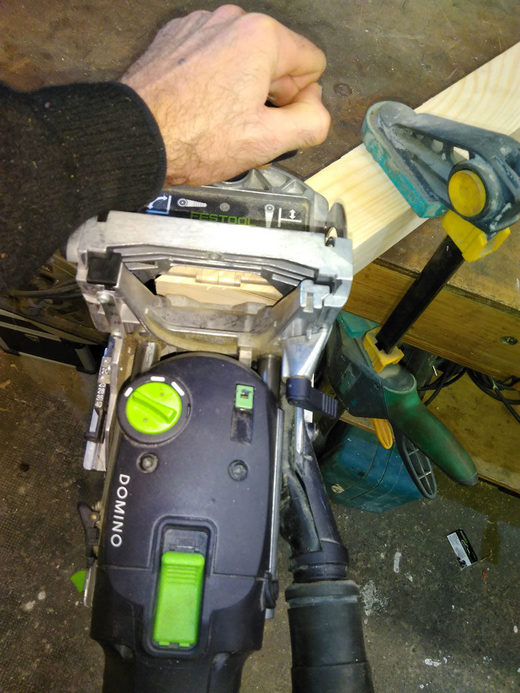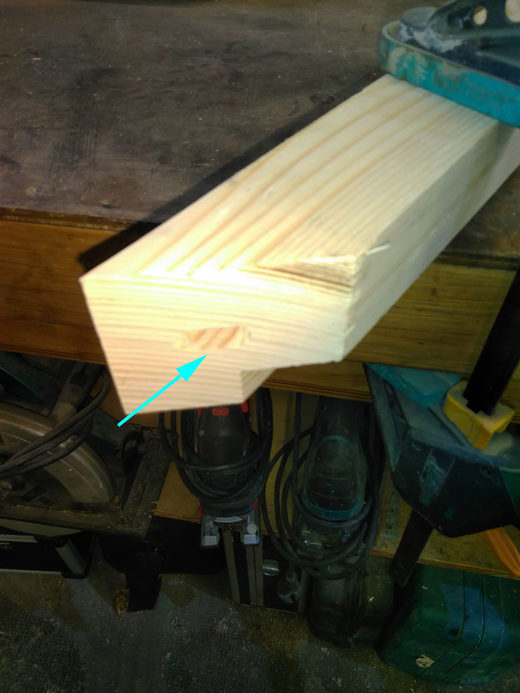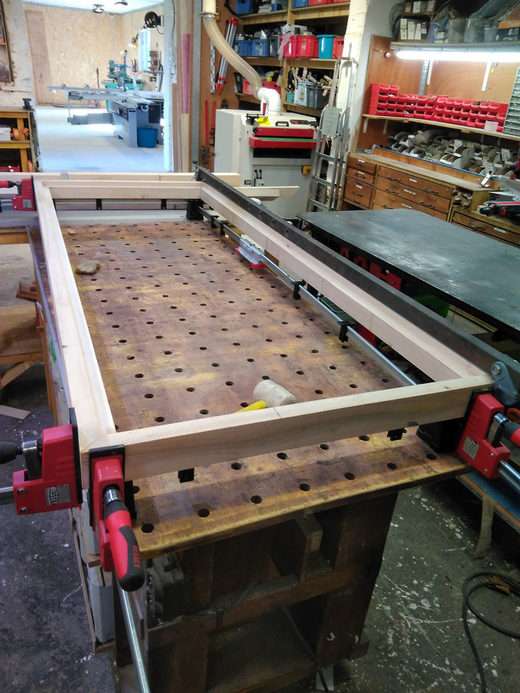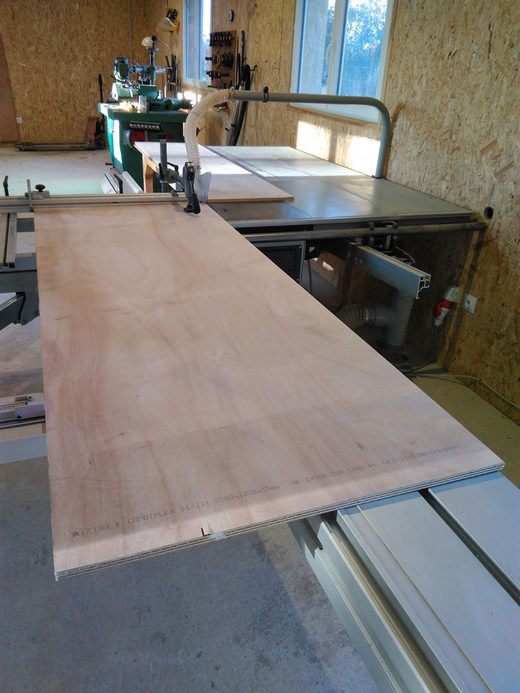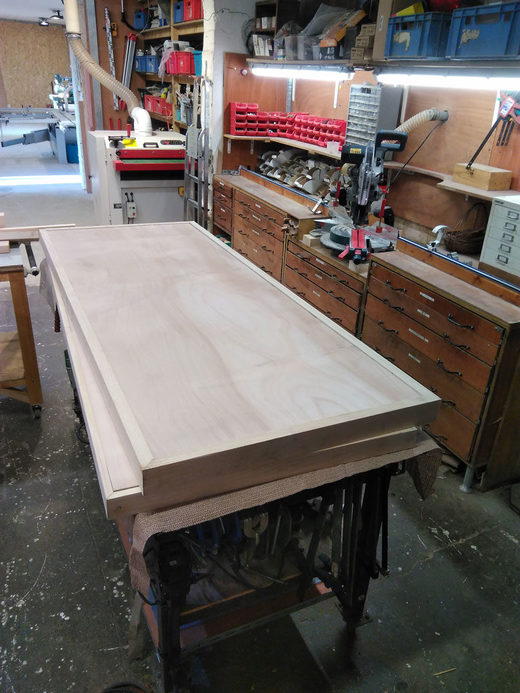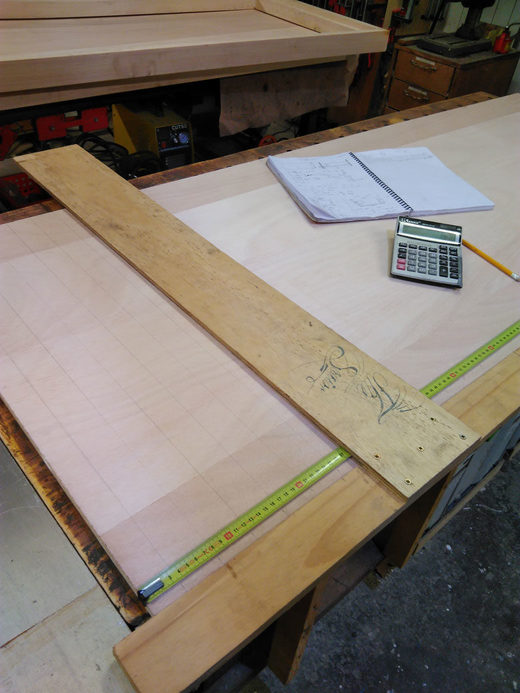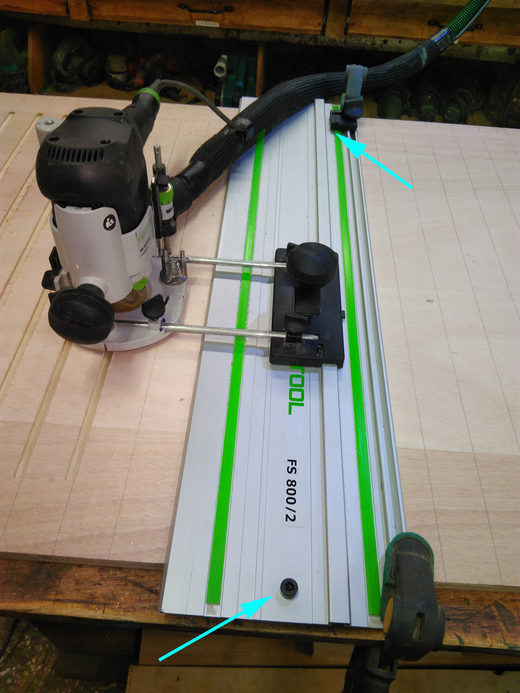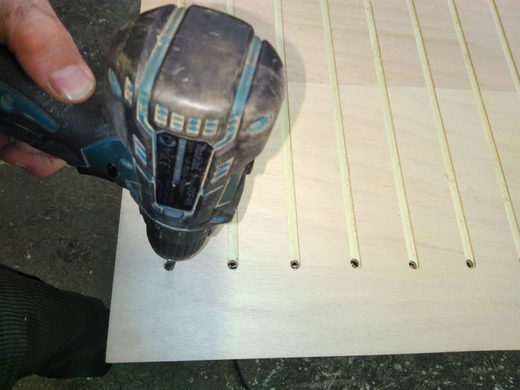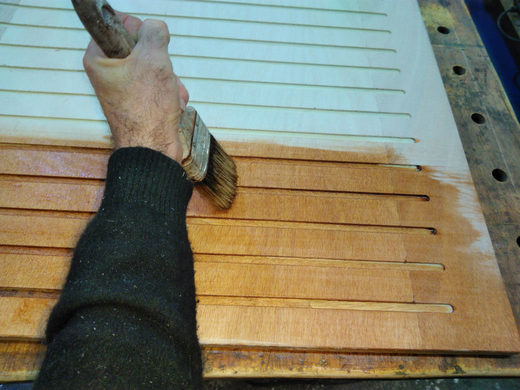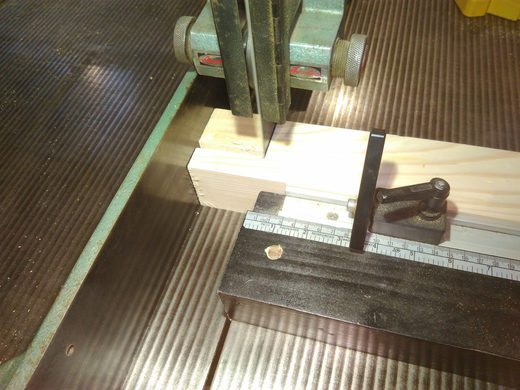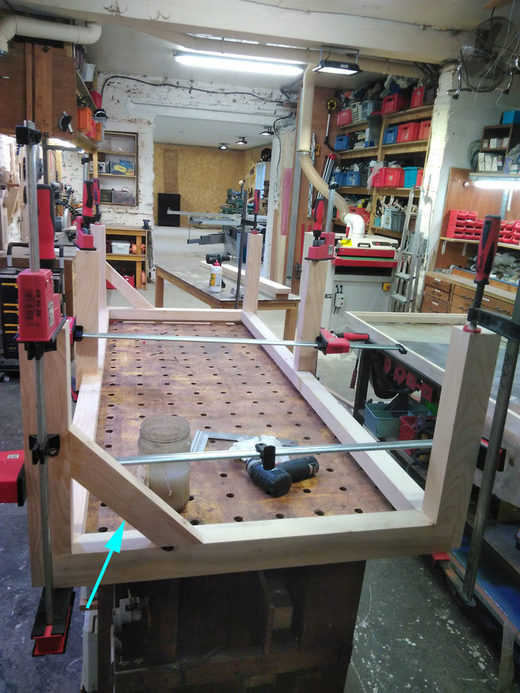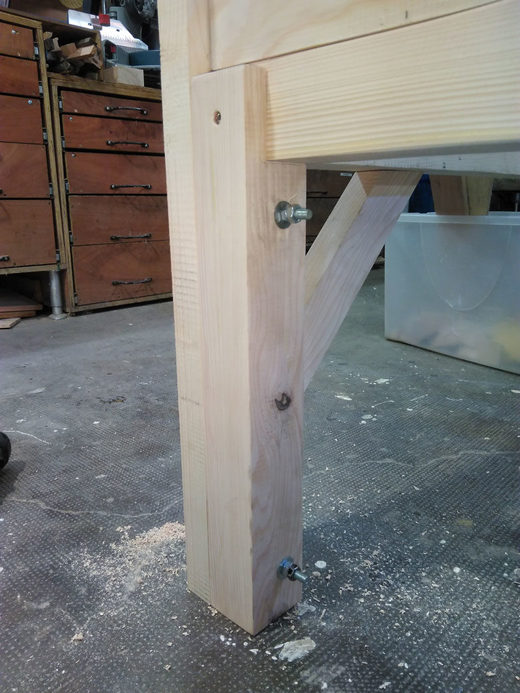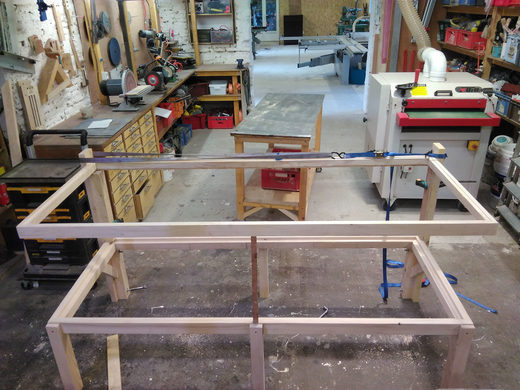RedFox said:
As we continue to repress these emotions, we create an immense amount of emotional tension which only increases as more and more stress is added to our lives. In order to keep you from recognizing that you have these powerful emotions of anger and rage or guilt, your unconscious creates physical symptoms, such as back pain, neck pain, plantar fasciitis, acid reflux, anxiety, depression, Dizziness, and irritable bowel syndrome. These symptoms serve as a way to distract you from the unwanted emotions by having you focus on your back hurting instead of your anger, rage, or guilt. We develop TMS because we are unable to accept and/or process these emotions.
Ya know, it's like the shoulder and back massager thing I recommended in another thread. It's totally awesome.
BUT, once it provides relief, the next step is to figure out WHY I feel tense, stressed, etc. Not easy, but necessary.
If I don't, guess what? I use the massager again the next night... And the next, and the next...
Point being, while these various methods of fixing ourselves physically are handy to relieve pain, fix sleep patterns, or whatever, alone they are not enough.
Assuming that the quote above is accurate (and in my experience, it is), then that means we can also get stuck in a never-ending cycle of physical treatments that may make us feel better physically, but never actually address the underlying causes... which means the treatments don't actually fix anything. Of course, sometimes temporary relief is the best you can hope for!
But put another way: if you fall in love with your suffering, there isn't any room for anybody else - not even yourself. Well, I think we can all say to that: Guilty, Your Honor!
And on the topic of suffering, I was working out the other day. I began thinking about why I am generally healthy. The theory goes that I am just "lucky" genetically. Well, there may be something to that.
But then I realized that I'm 40 years old. At that age, many people on both my mom and dad's side of the family had problems of various kinds. So why don't I?
And THEN I realized that I've been exercising in one form or another since the age of 15 - i.e. for 25 years. That's a long time. Also, no one in my extended family regularly exercised. Actually, I credit my distance running in high school with partially wrecking one of my knees, but also with giving me an outlet for emotional angst that would have ruined my noggin otherwise. Sometimes I tend to "run hot" emotionally.
So, Putin is definitely onto something when he recommends sports...
Then I thought that maybe that's the point: I hate working out. More precisely, I don't like doing it. There are a million other things I'd rather be doing. But I like it when I'm DONE working out.
In any case, working out is not fun. It's suffering, frankly. So, for the past 25 years of my life, I've been effectively torturing myself. I have various aches and pains the following days, most of which I don't talk about because I know it's from exercise. Sometimes it's pretty annoying. I still dunk myself in frigid water because it kicks my immune system into gear and seems to help keep me feeling well. That's not "fun" either. It's miserable. I keep doing it because it's a miserable thing that gives me benefits, and I know nothing is free.
We all know what happens when you have a car and you don't drive it: it falls apart. And we all know what happens when you drive your family sedan like a Formula One race car: it falls apart. I've done both. Well...
My main point here is not to try to get anyone else to exercise or do cold therapy, because that's impossible. It's also not necessarily ideal for everyone. My point is that as with all things, maybe we can choose our suffering? Either you suffer to be healthy, or you suffer because you're not healthy. There is no option
not to suffer!
Well, those are just some of my recent crazy internal ramblings. Your mileage may vary.




